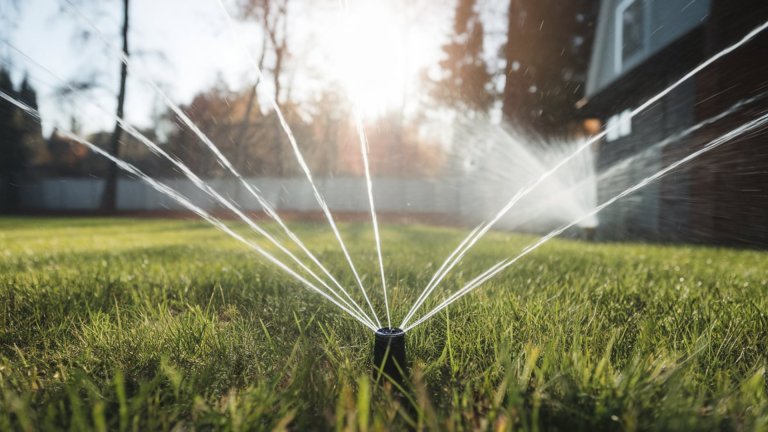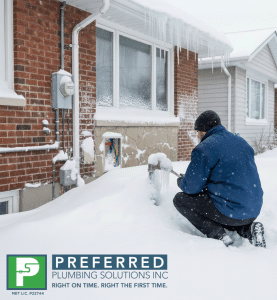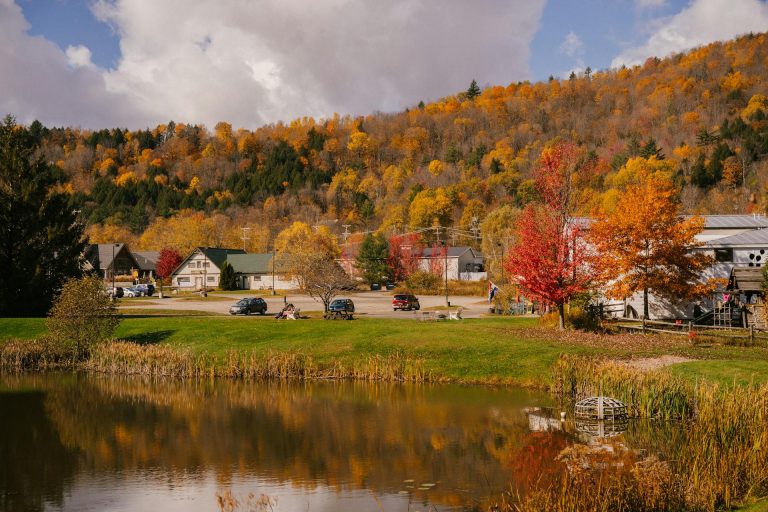Taking care of your sprinkler system might not be the most exciting task, but it’s one of the easiest ways to keep your lawn healthy and green.
A little maintenance goes a long way. When your sprinklers are working right, your grass gets the water it needs without wasting any. But if something’s off—like a leak, clog, or broken head—you could end up with dead spots or a high water bill.
The good news is that most sprinkler maintenance is simple and doesn’t take much time. In this blog, I’ll walk you through easy tips to keep your system running smoothly all year long.
Whether you’re new to lawn care or need a quick refresher, this guide will help you stay on top of your sprinkler system and avoid problems before they start. Let’s get started!
Understanding Your Sprinkler System
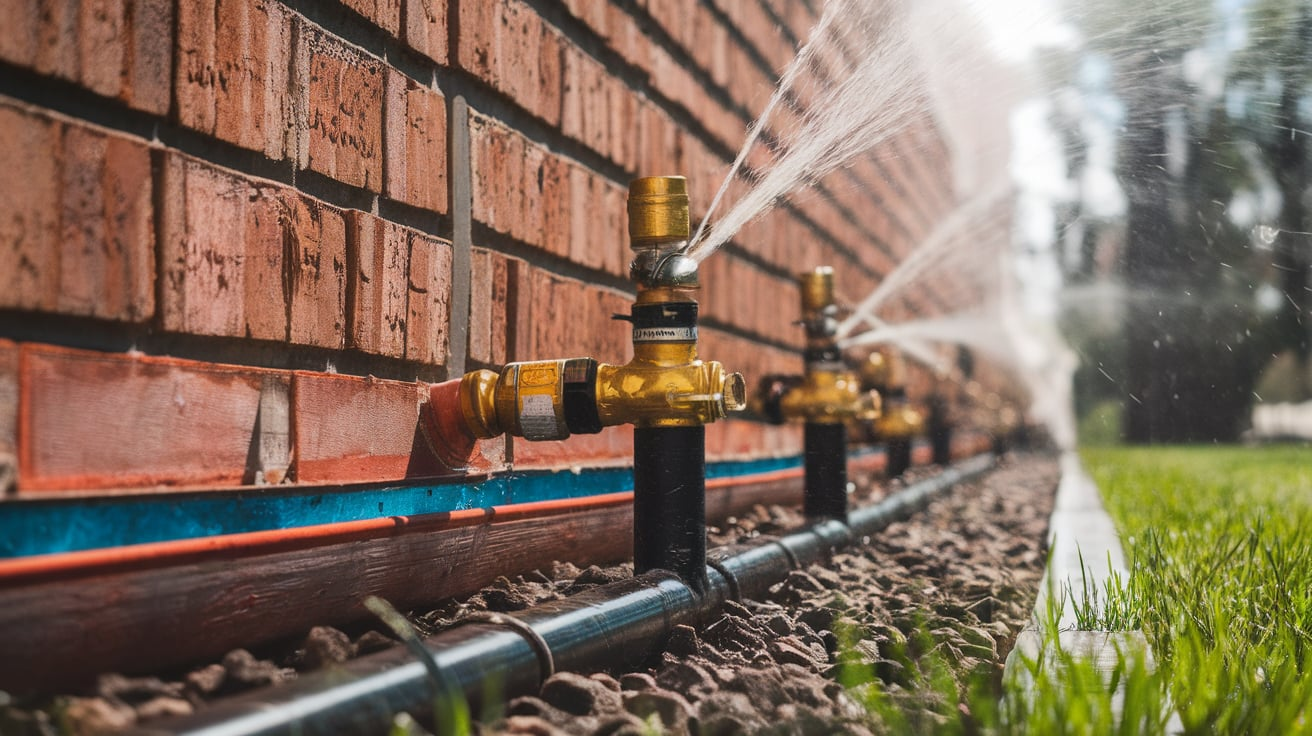
Before you can take care of your sprinkler system, it helps to know how it works. Most systems are made up of a few basic parts: sprinkler heads, valves, pipes, and a controller (or timer). Each part plays a role in getting water to your lawn the right way.
Sprinkler heads pop up and spray water when the system turns on. Valves open and close to control water flow to different parts of your yard, called zones. Pipes carry water underground from one area to another. The controller is the “brain” of the system—it tells everything when to start and stop.
Once you understand these parts, it’s much easier to spot problems or do basic maintenance. You don’t have to be an expert—just knowing what each part does makes everything simpler when something needs fixing or adjusting.
Regular Inspection and Cleaning of Sprinkler Systems
Doing quick checks on your sprinkler system every few weeks can save you from bigger problems later. A few minutes of inspection can help catch clogs, damage, or leaks before they turn into expensive repairs.
- Check each sprinkler head to make sure it’s popping up and spraying the right direction.
- Look for clogs by checking for uneven spray or weak water pressure.
- Clean dirty sprinkler heads with a soft brush or by rinsing them under water.
- Watch for soggy spots in your yard, which might mean there’s a leak underground.
- Inspect your valve boxes to make sure nothing looks broken or out of place.
Keeping your sprinkler system clean and working right doesn’t take long, but it makes a big difference. A little care now means fewer problems later on.
Seasonal Maintenance Tips for Your Sprinkler System
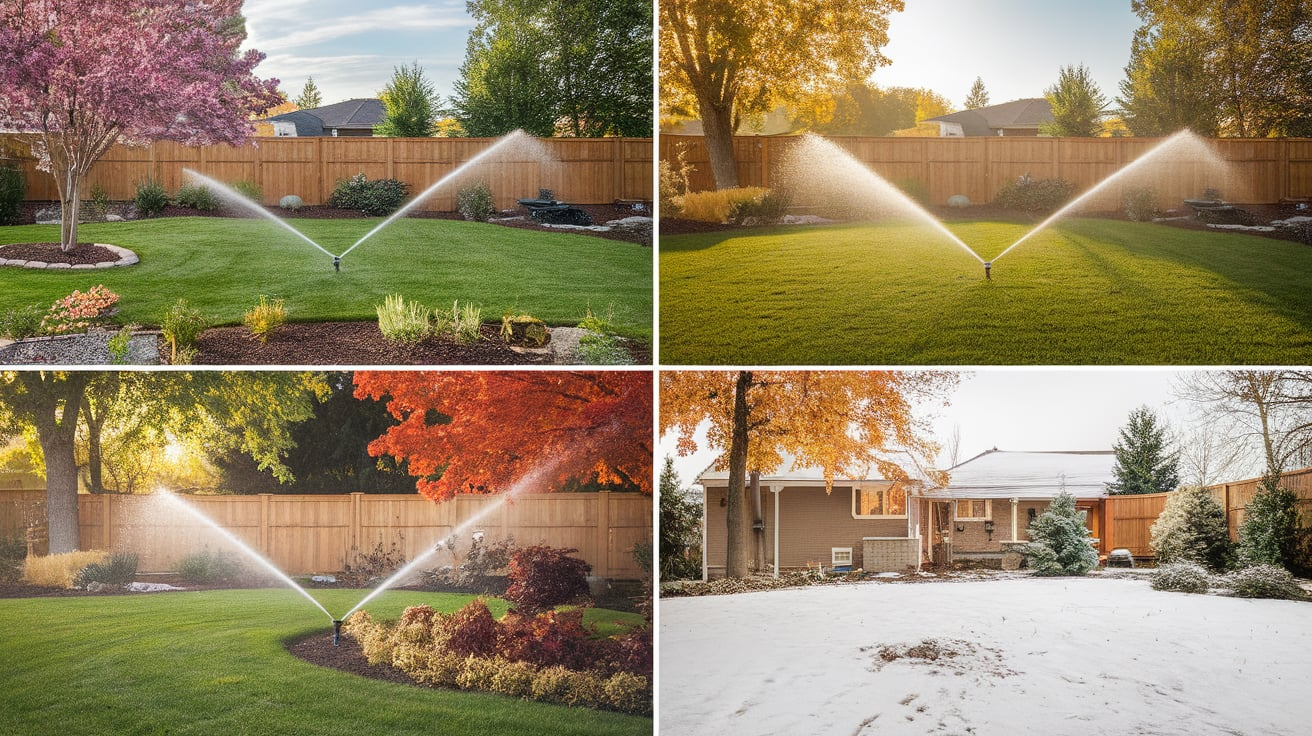
Taking care of your sprinkler system during each season helps it work better and last longer. Different times of the year call for different steps. If you stay on top of things, you’ll avoid major issues like frozen pipes, high water bills, or dead grass. Here’s what to do, season by season:
Spring Start-Up
When winter is over and the ground has thawed, it’s time to turn your sprinkler system back on. Start by slowly opening the main water valve to avoid sudden pressure surges. Then, check each sprinkler head to make sure nothing is broken or clogged.
Run each zone for a few minutes to make sure water is flowing the right way and there are no leaks. Reset your timer so it matches the season’s needs.
Summer Adjustments
Summer often means hotter weather and less rain, so your lawn may need more water. Adjust your timer so zones run longer or more often, but try to water early in the morning or late evening to avoid losing water to heat and wind.
Also, keep an eye on water use so you don’t go over any local watering rules. Check for dry spots and make small adjustments to sprinkler heads if needed.
Fall Preparation
As temperatures begin to drop, your lawn won’t need as much water. Start cutting back your watering schedule. This is also a great time to check for worn-out parts, like cracked sprinkler heads or aging pipes.
Replacing them now can help you avoid problems when winter hits. It’s also smart to clean the system and remove any built-up dirt before winterizing.
Winterization
Before the first big freeze, you need to winterize your sprinkler system. This means draining all the water out so it doesn’t freeze and break the pipes. You can do this by using a drain valve or a blow-out method with an air compressor.
Also, cover or insulate any exposed parts like backflow preventers and outdoor valves. If you’re not sure how to winterize your system, it’s worth calling a pro to help.
Taking a few steps at the start of each season can go a long way. Seasonal maintenance keeps your sprinkler system working its best and helps you avoid costly repairs down the line. It’s all about keeping things simple and staying ahead of problems.
Sprinkler Systems: Troubleshooting Common Problems
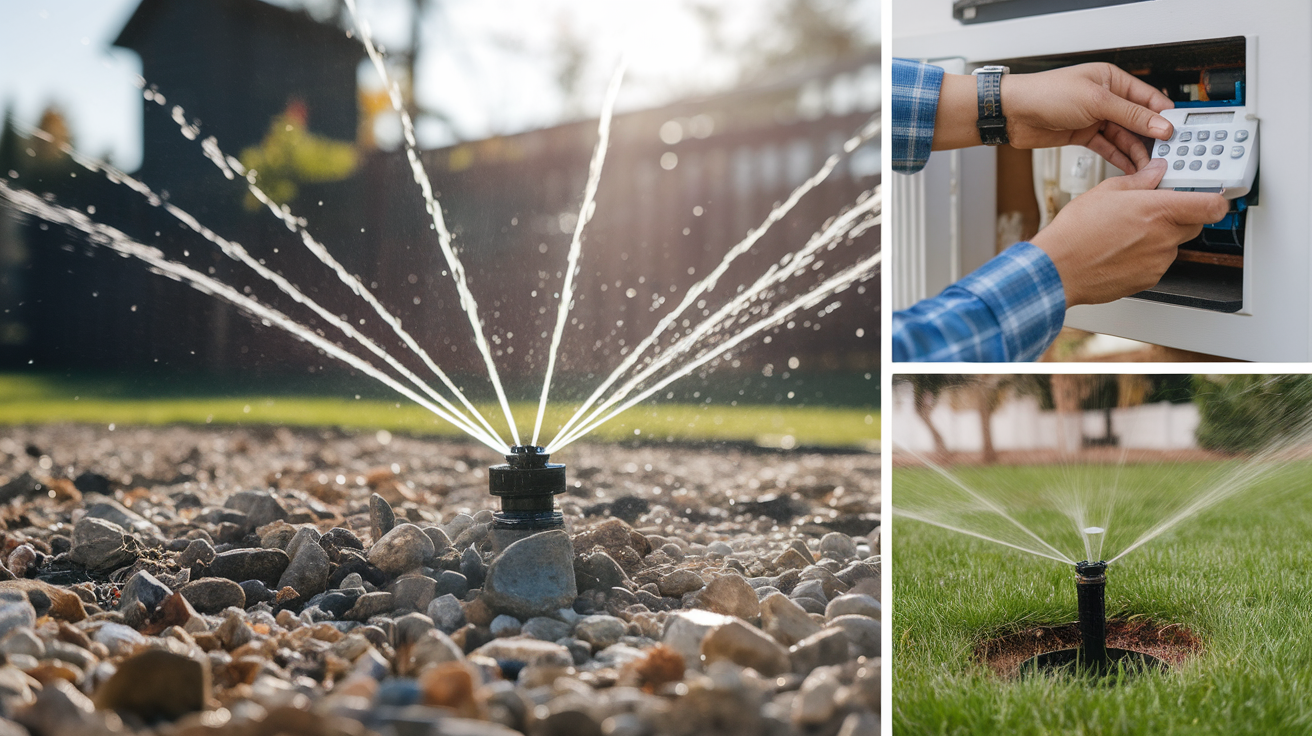
Even with regular maintenance, problems can pop up in your sprinkler system. The good news is that many of them are easy to spot and fix.
Uneven Watering
- Check for tilted or blocked sprinkler heads: Heads might be spraying in the wrong direction or blocked by grass or dirt.
- Clear out clogged nozzles: Use a small brush or paperclip to remove debris.
- Adjust spray patterns: Turn the head slightly to make sure the water reaches every part of the lawn.
System Not Turning On
- Check the controller: Make sure it’s plugged in and the timer is set correctly.
- Inspect for blown fuses or dead batteries: Replace them if needed.
- Look at the valves and wiring: Wires may have come loose or been damaged.
Low Water Pressure
- Look for leaks in the yard: Wet or soggy spots can signal a broken pipe underground.
- Clean or replace dirty filters: Some systems have filters that get clogged over time.
- Make sure the main water valve is fully open: A partially closed valve will reduce pressure.
When you notice something off, take a few minutes to look closer. Fixing small problems early can save you from major repairs later. A little troubleshooting goes a long way in keeping your system running right.
Upgrading and Modernizing Sprinkler Systems
If your sprinkler system is more than a few years old, it might be time to think about upgrading. Newer systems are smarter, more efficient, and easier to manage. With just a few simple updates, you can save water, lower your utility bills, and take better care of your lawn.
| Upgrade | What It Does | Why It’s Helpful |
|---|---|---|
| Smart Controller | Adjusts watering automatically based on weather and season | Saves water and works with your phone for easy control |
| Rain Sensor | Stops watering when it’s raining | Prevents overwatering and cuts down on waste |
| Soil Moisture Sensor | Measures how wet the soil is and adjusts watering | Helps avoid watering too much or too little |
| High-Efficiency Heads | Uses less water while still covering the same area | Reduces water use without hurting lawn health |
| Drip Irrigation Zones | Delivers water slowly to garden beds and plant roots | Perfect for flower beds, shrubs, and vegetable gardens |
These upgrades don’t just make your system smarter—they also make your life easier. You won’t have to guess when or how long to water, and your yard will stay healthy all season long. Whether you’re replacing a single part or reworking your whole setup, modern features are worth the investment.
Professional Help
While many sprinkler system tasks are easy to do yourself, some situations call for a professional. If you’re dealing with complex problems or just want peace of mind, hiring a pro can save time and stress.
- You have a major leak that’s hard to find, or underground
- Your system won’t turn on, and you’ve already checked the basics
- You need winterization or spring start-up, but don’t want to risk doing it wrong
- You’re upgrading the system with smart tech or new zones
- It’s been over a year since your last full system inspection
Getting professional help now can prevent bigger issues later. It’s also a smart move if you’re not confident handling repairs yourself. A well-maintained system starts with expert eyes on the job.
Conclusion
Taking care of your sprinkler system doesn’t have to be hard or take a lot of time. With regular inspections, seasonal maintenance, and a few simple upgrades, you can keep your lawn healthy and your system running smoothly.
Most tasks, like checking heads or adjusting the timer, are easy to do on your own. But when something seems too big or confusing, it’s okay to call in a pro. A well-maintained sprinkler system uses less water, saves you money, and helps your grass stay green and strong all season long.
Whether you’re just starting out or want to improve your current setup, these tips will help you stay ahead of problems. Remember—small steps go a long way when it comes to sprinkler maintenance. With a little care and attention, your yard will look great all year round.


